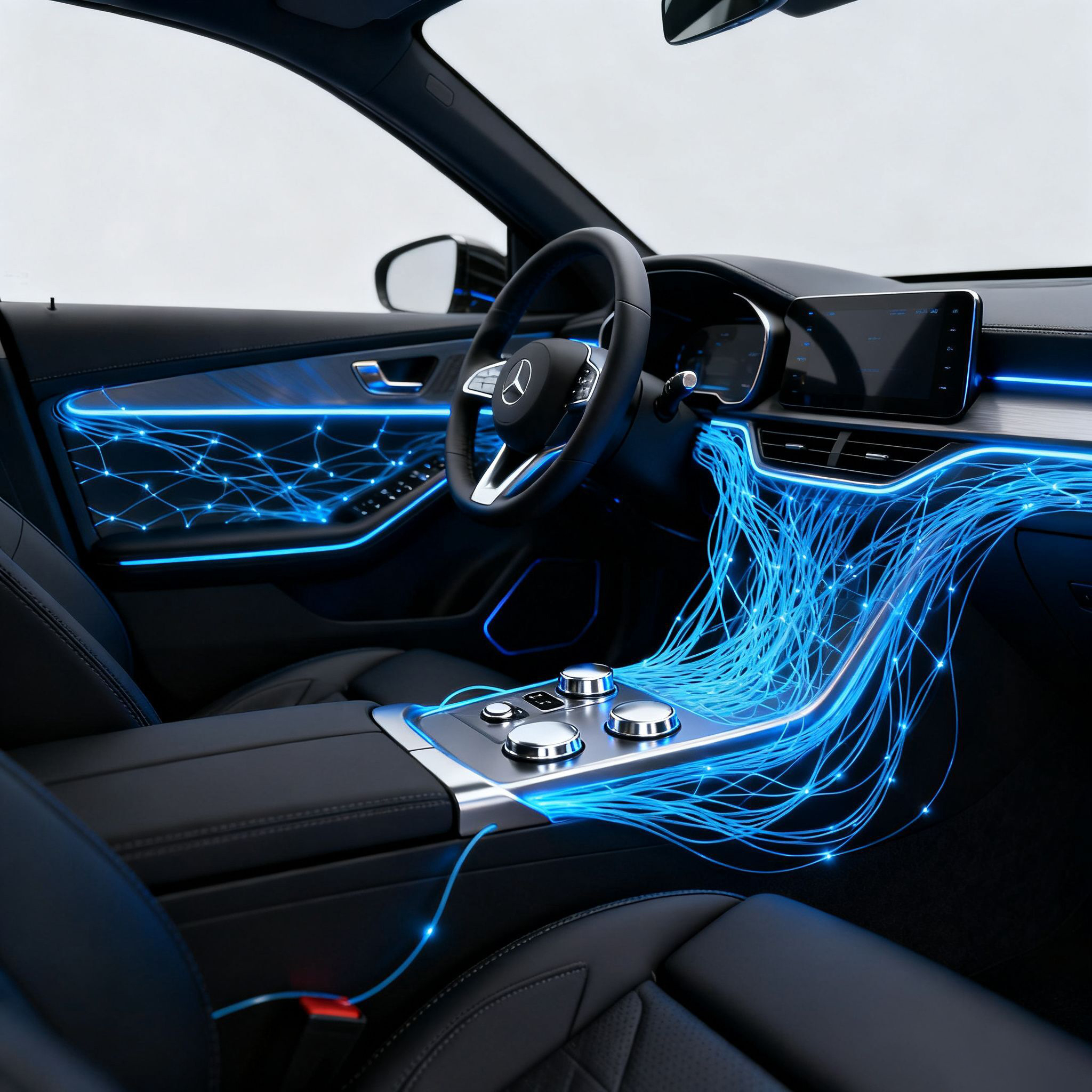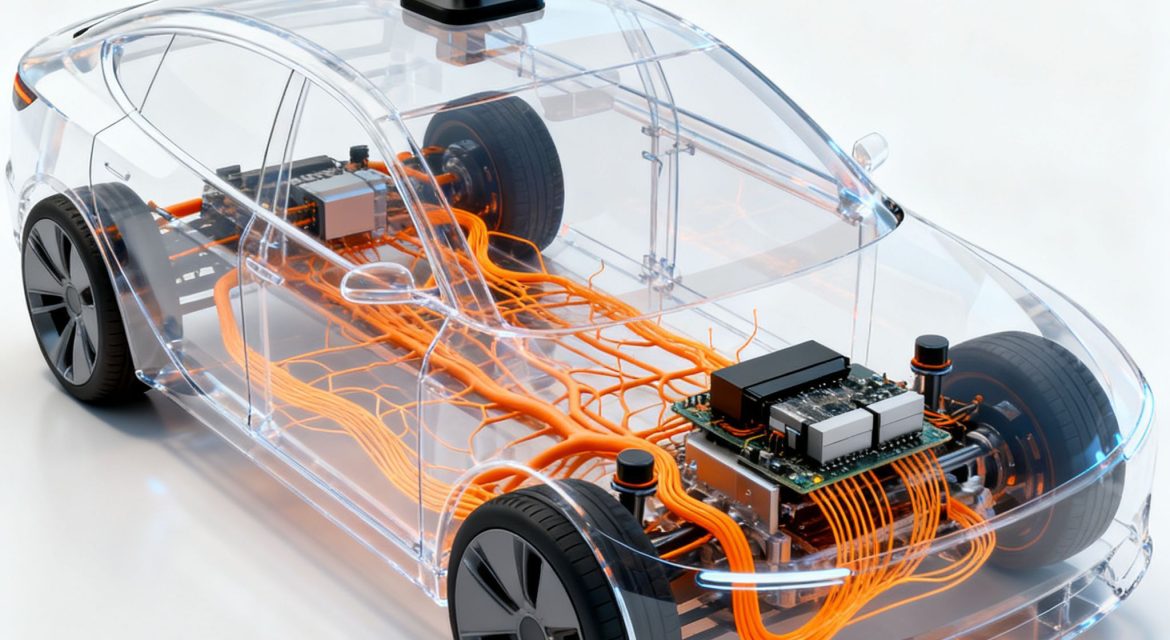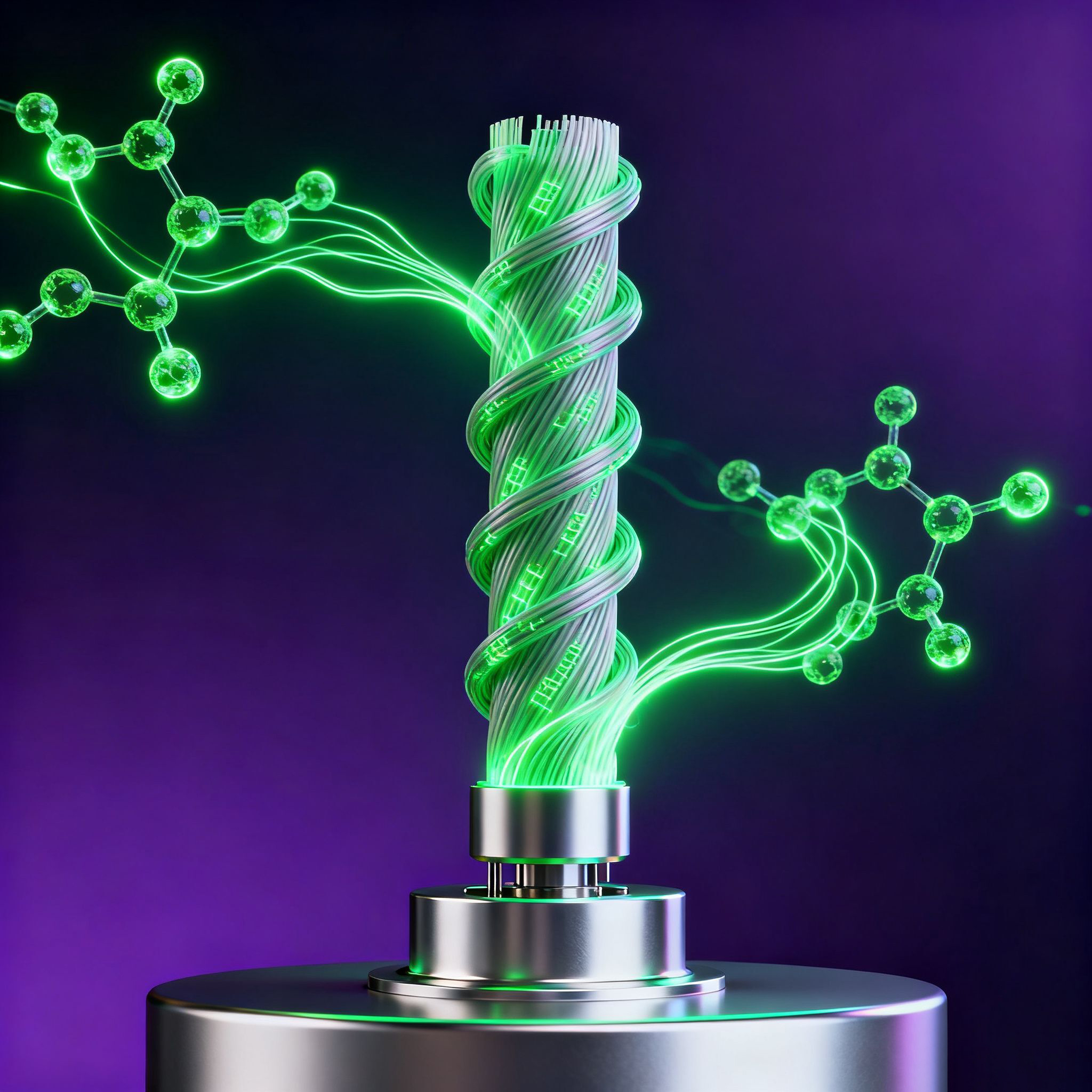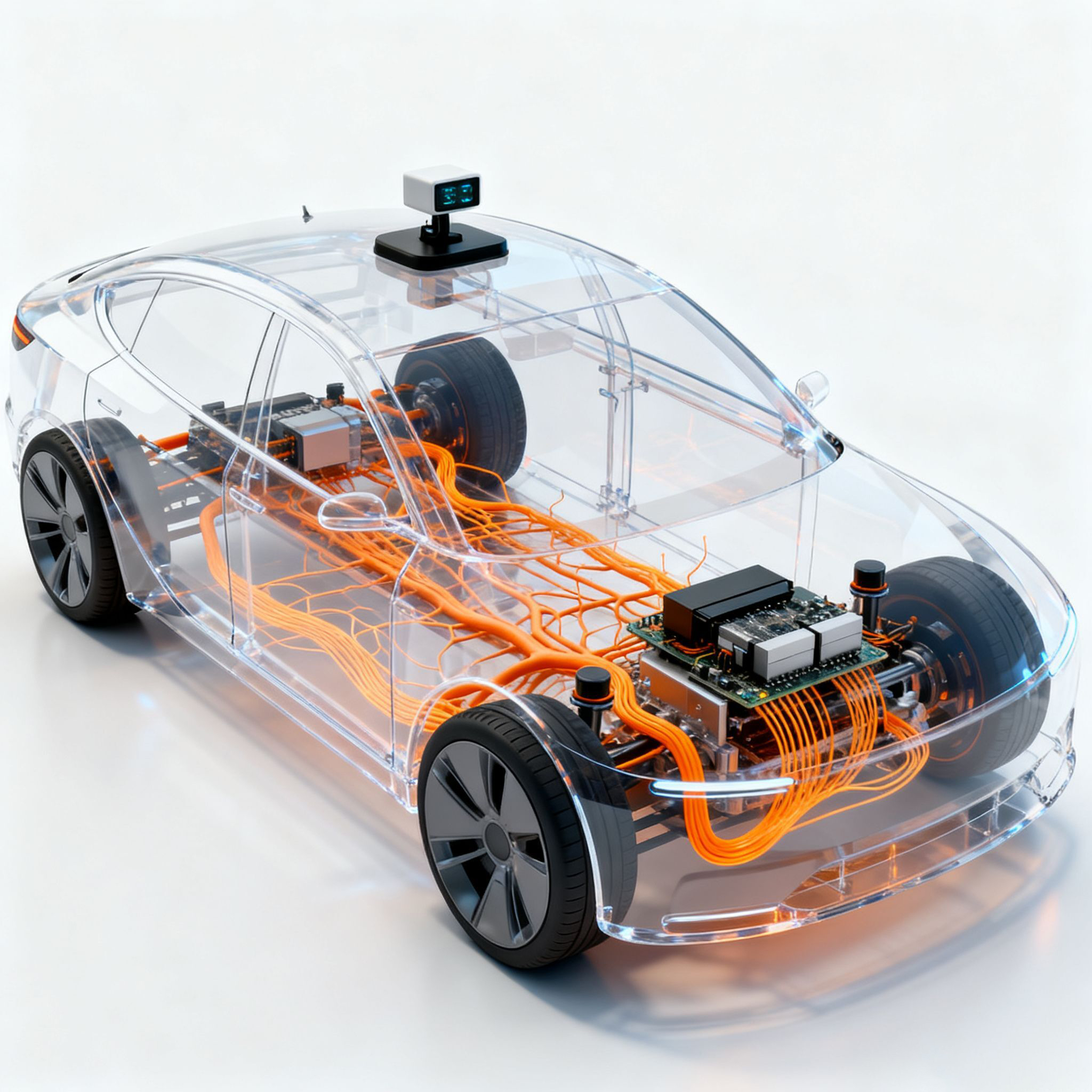Automotive Intelligent Optical Fiber: The “nerve” That Makes Driving Smarter
Have you ever thought that future cars would “think” like humans? Behind this, intelligent optical fibers are quietly playing the role of a “nervous system”.
Imagine that the optical fibers in a car are no longer just transmitting data, but can sense temperature, pressure and even damage. For instance, when a minor collision occurs somewhere on the vehicle body, the intelligent optical fiber can immediately “sense” it and notify the system to take countermeasures, just as our skin immediately sends signals to the brain when it is touched.

The magic of this technology lies in the fact that it simplifies the complex sensor and cable systems in traditional cars. A thin optical fiber can not only transmit massive amounts of data but also monitor the status of vehicles in real time. For instance, in new energy vehicles, it can monitor the battery temperature in real time. Once any abnormality is detected, it can issue an early warning to avoid potential safety hazards.
Even cooler is that smart optical fibers make the connection between cars and the outside world smoother. When you are driving, the vehicle can communicate in real time with traffic lights and other vehicles through optical fiber networks, predict road conditions in advance and automatically adjust the speed. This can not only enhance driving efficiency but also significantly reduce the accident rate.
However, this technology also faces challenges. How can costs be controlled while ensuring reliability? How to ensure data security? These are all the difficult problems that engineers are working on.
Intelligent optical fibers are redefining our relationship with automobiles. It turns driving from simple control into a smarter and safer experience. One day in the future, when we look back at today’s cars, we might think they are as “primitive” as feature phones were back then.
All of this began with that thin, “thinking” optical fiber.





